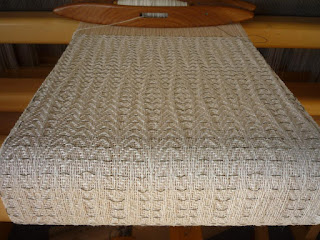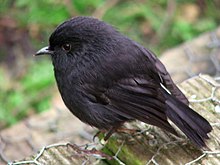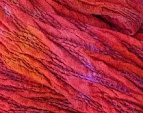Don't you just love a stack of scarves.
First up kakapo and in particular, Sirocco.
Kakapo are flightless, nocturnal, ground dwelling, vegetarian parrots on the critically endangered list. A few years ago there were only 50 kakapo alive and this has risen to 154 birds in 2017.
Kakapo forage on the ground and climb high in trees. They often leap from trees and flap their wings but at best manage a controlled plummet.
Here is a clip of Sirocco with Stephen Fry and friends.
https://www.youtube.com/watch?v=Opv8vZ6RvB0
Next up Kiwi, the national icon of New Zealand.
New Zealand soldiers were nicknamed Kiwis by Australians during World War I and it has stuck ever since.
The Kiwi is related to the emu and cassowary of Australia and the extinct moa of NZ.
It is a flightless bird with loose hair-like feathers, strong legs and no tail. There are 5 varieties, brown kiwi of the North Island, Great spotted kiwi from the top of the South Island, Little spotted kiwi now found on Kapiti Island, Rowi the rarest of kiwi found in Westland and Malborough Sounds and Tokoeka, meaning weka with a walking stick (love it) and found in South and Stewart Islands.
Kokako
The clear organ-like song of the kokako has led to it being described as angel tongued and devil faced. It is one of the rarer and most striking of New Zealand birds.
The orange wattled South Island kokako was declared extinct in 2004 but the blue wattled North Island kokako is resurging in numbers with more than 600 breeding pairs.
And the Tui.
Tui are boisterous, medium-sized, common and widespread birds of forest and suburbia.
They belong to the honeyeater family feeding mainly on nectar from native plants but also fruit and insects and, less commonly, pollen and seeds.
It has been so much fun working on this series for Pauanesia.


































